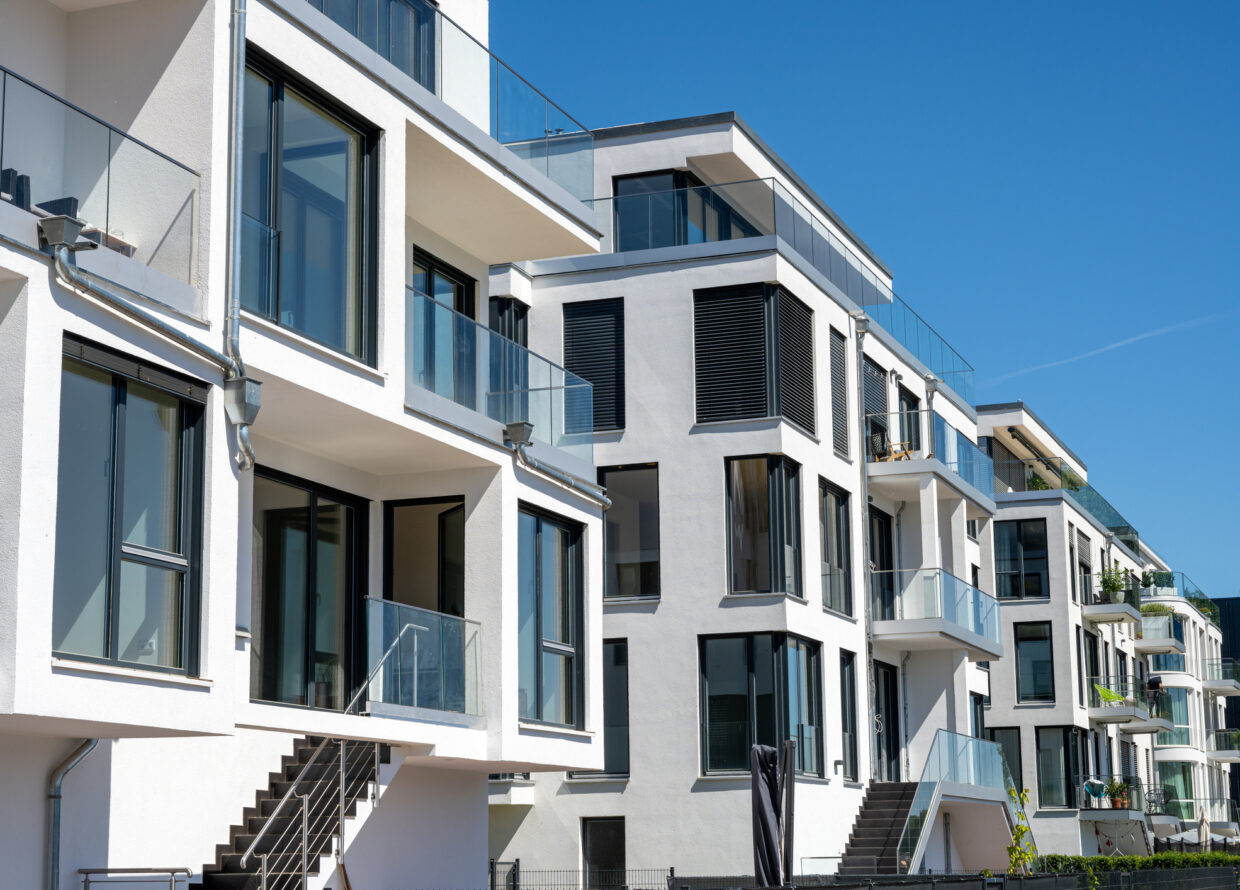Enhancing Wireless Connectivity and Efficiency in Multi-Dwelling Environments for Optimal User Satisfaction
Within the current world, having a strong and reliable Wireless connection is crucial, particularly in multi-unit environments like flats or condominiums. Many individuals depend on the network for work, education, and entertainment. However, Wireless transmissions can struggle to extend to every corner of these buildings due to multiple obstacles. These hindrances can consist of partitions, levels, and other electronic devices that disrupt the signal. To enhance Wireless signal strength and functionality in these environments, it is critical to grasp some basic principles of Wi-Fi communication.
One efficient way to boost Wi-Fi performance is by strategically placing routers and extenders throughout the building. A central placement is usually ideal, as it enables the signal to travel evenly in all areas. In spacious multi-unit units, several repeaters may be necessary. These units assist increase the range of the Wi-Fi network and provide stronger service to occupants in different sections of the structure. Additionally, deploying equipment that support the current wireless protocols can result in faster speeds and enhanced total efficiency.

Another key aspect in optimizing Wi-Fi signal strength is reducing interference from other electronics. Most domestic appliances, such as microwaves and cordless phones, can interfere with Wi-Fi signals. It is recommended to position routers away from these devices to maintain a more stable signal. Additionally, modifying the mdus with competitive pricing on internet frequency configuration on a router can assist in minimize conflict from neighboring networks. Most routers automatically choose the best band, but manually selecting a less congested one can improve efficiency.
Periodically updating device software is have a peek at this site also necessary for maintaining maximum Wi-Fi performance. Vendors routinely release patches that fix issues and enhance security features. Keeping the software up-to-date guarantees that users take advantage of the most recent enhancements and defenses against potential risks. Furthermore, monitoring bandwidth activity helps identify which endpoints consume more bandwidth, enabling better management of existing resources.
Finally, informing users about proper usage for using wireless networks can significantly enhance their experience. Simple measures such as connecting only necessary devices, employing Ethernet links when feasible, and regularly restarting the router can improve reliability. By creating a community that comprehends how to optimize their network usage, multi-unit environments can enhance resident satisfaction and guarantee that everyone experiences a reliable Wi-Fi connection. This integrated approach of planned deployment, minimizing conflict, maintaining hardware, and educating residents will lead to a more reliable and enjoyable wireless experience for all residents.